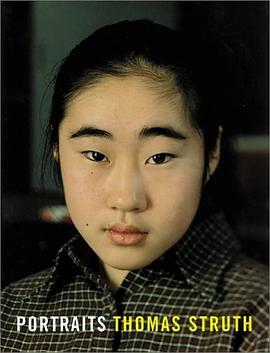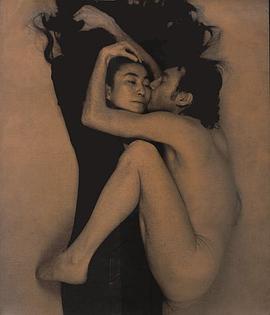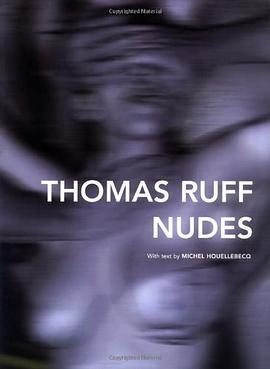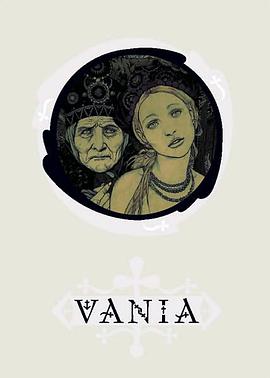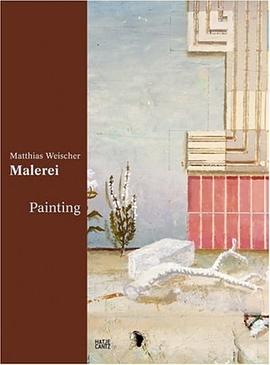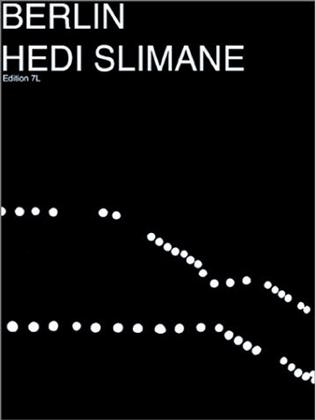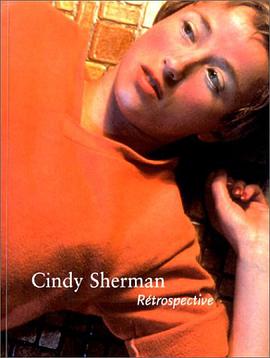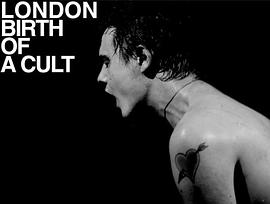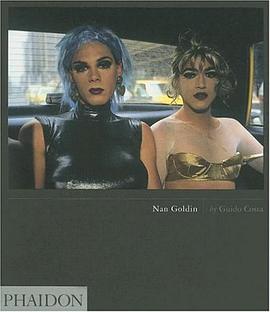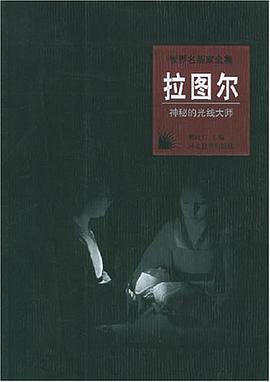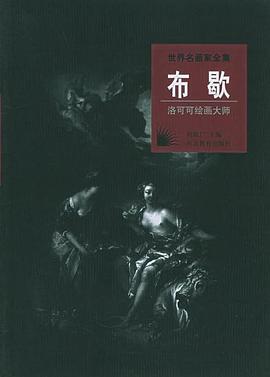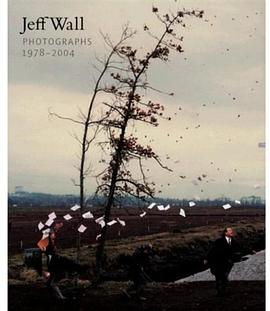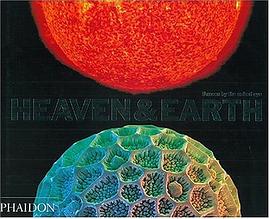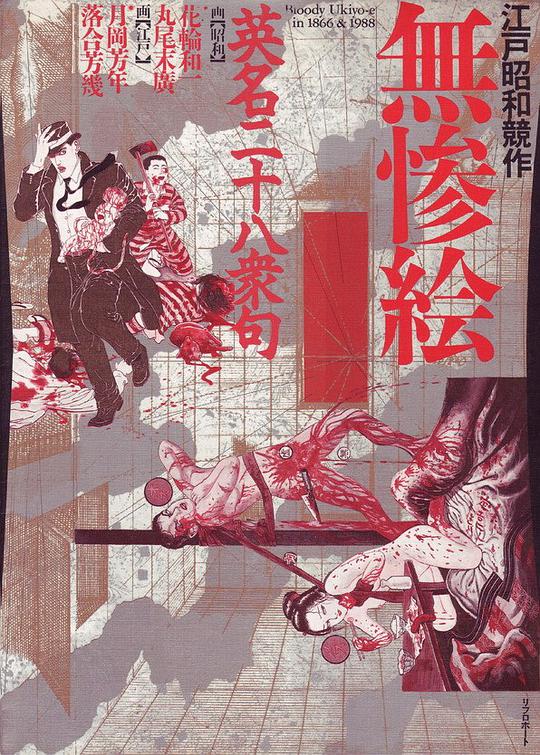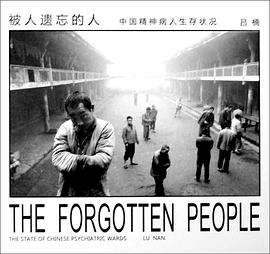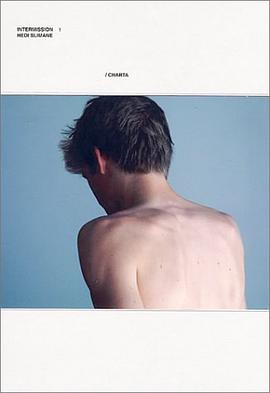Seeing so many celebrity photographs from the beginning of Ms. Leibovitz's career unveils many of the most effective methods that she uses to create her deep insights into the subject of the portrait. Although you may feel the subtlety of her work viscerally, these comparisons make it easier to appreciate the purposefulness of how the effects are brilliantly captured. If you are like me, this book will enhance your already deep appreciation of her work.
Before going into all the reasons I like this book, let me mention that the book contains tasteful nudity and sexual situations that would probably cause an R rating for a motion picture (or possibly something a bit stronger, like an R plus). Many parents would be uncomfortable with some of their children seeing these images. So judge the appropriateness of this wonderful book for your own family.
First, Ms. Leibovitz is looking for the soul of the person. Who are they at the core? This is captured by establishing a composition that overtly expresses this inner kernel of truth. For Roseanne Barr and Tom Arnold, this is captured by mud wrestling. For Muhammad Ali, you see a fully confident, capable man fully comfortable with himself and the world.
Second, she captures the subject's personality with posing and expression within the composition. Whoopi Goldberg's playfulness is captured by a composition that has little bits of her beautiful blackness emerging from a milk bath, with a characteristicly wry, happy smile.
Third, she shows the social mask that the subject uses. Lily Tomlin's face poses behind a television set image. Diane Keaton is shown wandering around with her face averted from the camera to capture her preference for privacy and appearance of shyness. Keith Haring appears wearing nothing but his painted on designs.
Fourth, she connects her subject to another person where that helps to establish part of the person's reality. John Lennon appears in foetal position with Yoko Ono, in that famous image from this book's cover. The Rolling Stones are literally flying through the air at the same time while performing. The Grateful Dead are asleep on each other's shoulders. Interestingly, she is usually able to do this with a humorous, light touch that dispells some of the celebrity power of the person.
Fifth, she lets a little slip in composure or a little blemish show where that adds to the underlying reality. Louis Armstrong looks scared in one classic portrait pose, while totally relaxed and in control in a less formal setting. Mick Jagger's partially healed scar is shown in another image. Jodie Foster puts on an intelligent expression that shows the Yale graduate rather than the young female star.
Sixth, she captures motion in ways that give the kinesthetics of the person and situation wonderfully. For example, a group of prisoners and family members hug at Soledad Prison in California at Christmas in 1971. You see many different relationships in this one image. It's like a microcosm of all humanity.
Here are my favorite images:
John Lennon, New York City, 1970
Louis Armstrong, Queens, New York, 1971
Christmas, 1971, Soledad Prison, California
The Grateful Dead, San Rafael, California, 1971
Ray Charles, San Francisco, 1972
Lily Tomlin, Los Angeles, 1973
Richard Pryor, Los Angeles, 1974
Andy Warhol, New York City, 1976
Tennessee Williams, Key West, Florida, 1974
Ron Kovic, Santa Monica, California, 1973
The Rolling Stones, Philadelphia, 1975
Brian Wilson, Malibu, California, 1976
Muhammad Ali, Chicago, 1978
Robert Penn Warren, Fairfield, Connecticut, 1980
John Lennon and Yoko Ono, New York City, December 8, 1981
Greg Louganis, Los Angeles, 1984
Bruce Springsteen, Asbury Park, New Jersey, 1987
Whoopi Goldberg, Berkeley, California, 1984
Twyla Tharp, New York City, 1989
Michael Jackson, Los Angeles, 1989
Mikhail Baryshnikov, New York City, 1989
After you have enjoyed the book, I suggest that you make a drawing that does a similar unveiling of someone you know well. You might even consider a self-portrait. Ms. Leibovitz says those are the hardest to do.
Look deeply into those all around you and see the truth . . . as well as the fictions.
